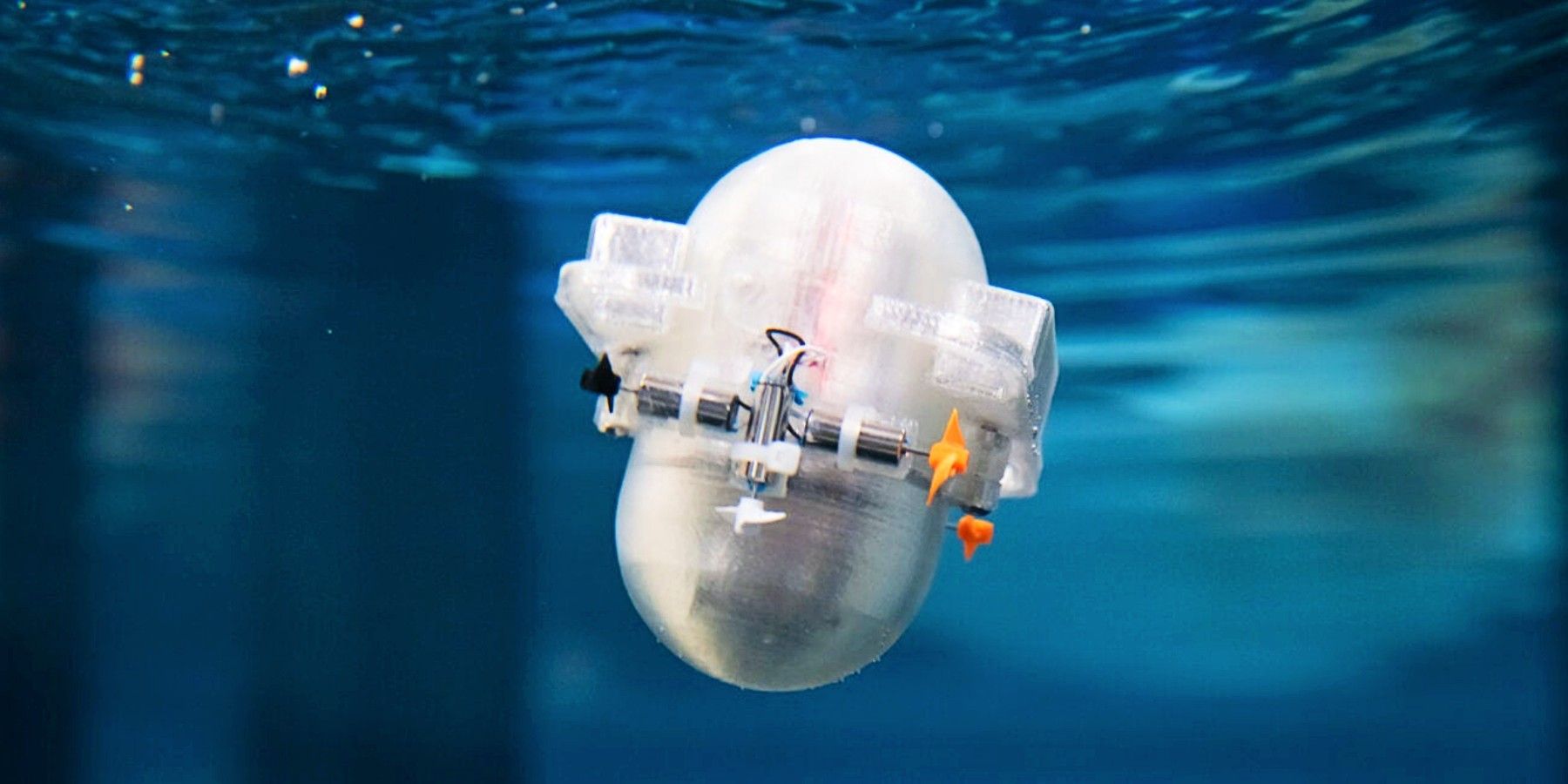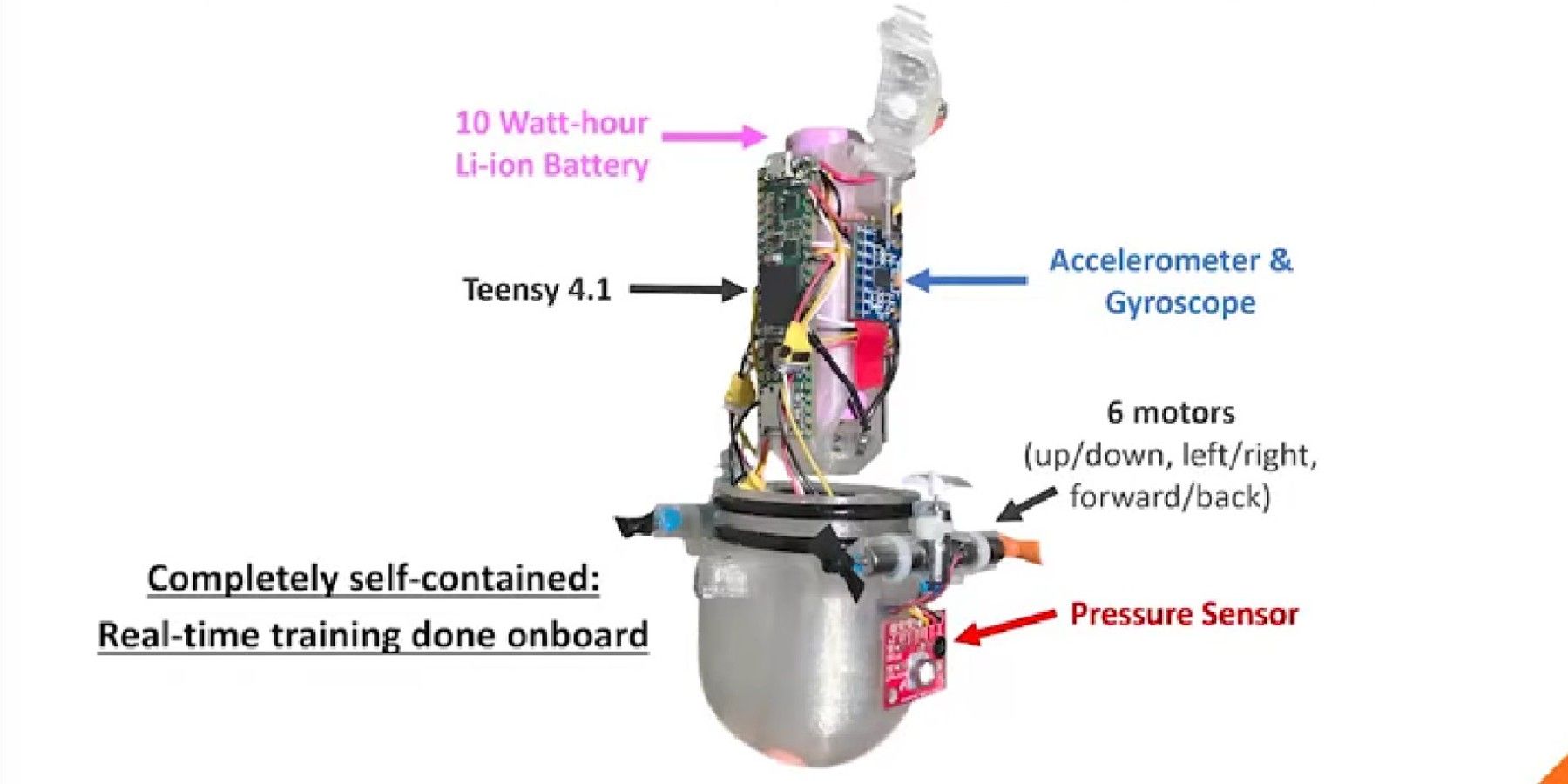Caltech engineers created a tiny robot that fits in the palm of a hand and is learning how to navigate the ocean all by itself. Ocean studies are essential in the fight against climate change. The oceans are the least explored environment on Earth and their extension and depths pose a serious challenge for research efforts.
Shocking as it may be, scientists at NOAA the National Oceanic and Atmospheric Administration say that only 5% of the ocean has been fully charted. Drones are presented as a low-cost, efficient solution for ocean exploration, as drones can go where humans can't and gather essential data. But navigating the ocean is difficult, and drones that can do the task don't come cheap.
Engineers from Caltech working with Harvard and ETH Zurich developed a radical approach for ocean exploration. It's a tiny smart robot that is not only learning how to navigate the ocean but doing it on less than half a volt. The team put together the robot in a small 3-D printed case. Its components are all off-the-shelf and can be bought for a couple of dollars. But the coding inside the tiny onboard system board is what makes CARL, the small robot, unique.
Nature Nurtures Digital Nature
CARL is the first of a swarm of tiny bots that one day will navigate the oceans completely autonomously, making decisions on where to go and how to get there more efficiently. The small robot first existed as an AI digital simulation. It was trained to reach a target on the other side of a twirling current using a speed slower than the current itself. Amazingly, CARL found a way to use the force of the current and reached its target. After multiple tries and teaching itself with a process known as “reinforcing learning” CARL had a 99.9% success rate in reaching its destination.
Once CARL had the virtual simulation pinned down and under control, Caltech engineers decided it was time for it to have a body, so they built one. CARL is different from any other ocean drone. It may super tiny and super cheap but it has a processing speed of 60 microseconds powering its decisions. It swims using 6 tiny motors, and with that combined power it can go up, down, left, right, forward, and back, or spin about its own axis. But its real skill is its AI mastered in fluid dynamics. CARL not only understands the language of ocean currents but can use them to get where it needs to go, and CARL is getting smarter every time it dives.
The idea of using currents and fluid dynamics may be new in drones and technology but not new for nature. Birds and schools of fish use currents and can even extract energy from turbulence. They use that energy to gain altitude, drop, or stay buoyant, spending little to no energy. Caltech engineers believe that in the future a swarm of CARL robots will be used to study climate change, the depths and shores of our oceans, survey corals and ocean life, and contribute to the scientific understanding of our planet.
Source: Caltech


